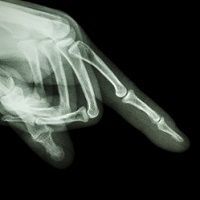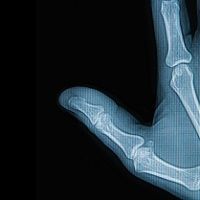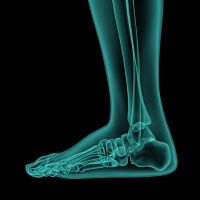Article
The 7 Costliest Catastrophic Workplace Injuries
Author(s):
American workers got injured on the job at a rate of 3.3 injuries per 100 full-time workers in 2013, according to the Bureau of Labor Statistics. A look at federal regulations shows how the government compensates workers for different injuries.
The nonprofit news website ProPublica is out this week with a lengthy story on the disparities between workers’ compensation benefits from state to state.
The story opens by recounting how 2 workers, both about the same age, both of whom lost an arm in a workplace injury, received vastly different workers’ compensation on account of one factor alone: Their state of residence.
The Alabama man received about $45,000. The man living in Georgia could receive up to $740,000 by the end of his lifetime, according to the report.
While the story looks at deeper policy questions of fairness and the business implications of workers’ compensation, it also provides a window into the economics of catastrophic injuries. In particular, workers’ compensation regulations provide an interesting look at the value—in cold, hard, economic terms—of a worker’s arms, legs, fingers, and toes.
Of course, the economic cost of an injury can vary greatly depending on the line of work a person is in. The loss of a foot might be a career-ender for a police officer, but it may have a much smaller professional impact on someone who works a desk job.
And as health care professionals know, medical advances have the power to eliminate many of the catastrophic professional impacts of losses of limbs and digits.
Still, the Bureau of Labor Statistics tracked 3 million non-fatal workplace injuries in the US in 2013, a rate of about 3.3 injuries per 100 full-time workers. The Occupational Safety and Health Administration says 4,405 people died on the job that same year.
In other words, workplace injuries are a serious problem. Since different states pay different amounts for different catastrophic injuries, perhaps the best gauge of the relative cost of various injuries is to look at federal guidelines.
When a federal worker receives a permanent disability due to the loss, or loss of use of, a member of the body, he or she is entitled two-thirds of his or her pay for set number of weeks. What follows are the 7 permanent disability injuries resulting in the highest workers’ compensation benefits, according to the US Department of Labor.

Length of Compensation: 46 weeks

Length of Compensation: 75 weeks

Length of Compensation: 160 weeks

Length of Compensation: 205 weeks

Length of Compensation: 244 weeks

Length of Compensation: 288 weeks

Length of Compensation: 312 weeks




